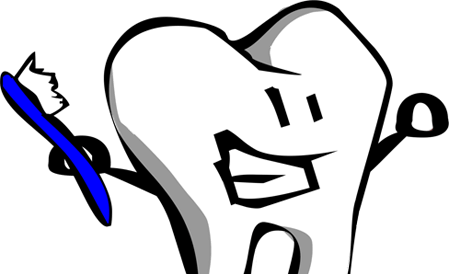For years, pacifiers have been used to help soothe and calm fussy babies. According to American Academy of Pediatric Dentistry (AAPD), both pacifier and finger sucking are considered normal behavior in infants and toddlers. Pacifiers are used to provide comfort and security to children during the early stages of development. It is important that you wean your child off of the pacifier at the right age to avoid certain types of dental related issues. When weaning your child from the pacifier, there are a few key things to keep in mind.
Give and Take
Weaning your child from his or her pacifier can be done cold turkey or gradually. However, you can’t remove the pacifier from the equation in one fell swoop and expect a smooth transition. One great thing to do is to replace it with some type of transitional object.
It helps if you can identify the primary reason why your child is hesitant to give up the pacifier in the first place. If that child uses the pacifier as a rudimentary form of stress relief, consider replacing it with a teddy bear or stuffed animal of some sort that your child likes. The stuffed animal can accomplish the same thing and in certain cases can be more effective.
Positive Reinforcement
Another great way to wean your child from his or her pacifier is through the age-old art of positive reinforcement. Allow the child to make the decision him or herself, but with a bit of a catch. Maybe for voluntarily giving up the pacifier, he or she can be rewarded with a fun activity or even a delicious treat.
Get the Timing Just Right
Another key to weaning your child off the pacifier is to make sure the timing is right. Remember, pacifiers are used to provide comfort and security so prior to weaning, make sure your child is not going to encounter a stressful situation where comfort may be needed. If you’re in the process of moving, for example, such a major life change may make the weaning process difficult. The same can be true of the first day of school and other important life events.


